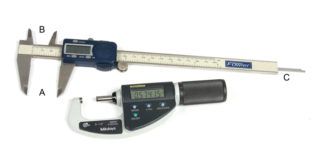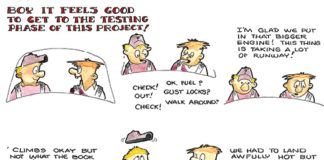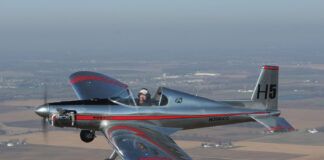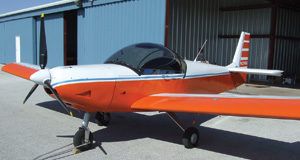Are you hankering to fire up your new engine? Not so fast, cowboy. This is no time to be champing at the bit. Care is called for before the starter ever turns. There are two rules to live by from the initial installation through the first hour of flight time: Cleanliness is next to airworthiness and pre-oil for success.
Lets begin with the basics: engine controls. Rig the throttle, mixture control and prop governor controls so that each has full travel as indicated by the accessory control arm hitting the stops at the accessory and so that each control wire-to-control-arm clamp allows the wire to pivot if necessary. Its critically important that each control has full travel at the accessory before the knob hits the instrument panel (its called cushion) and that each connection is properly safetied.
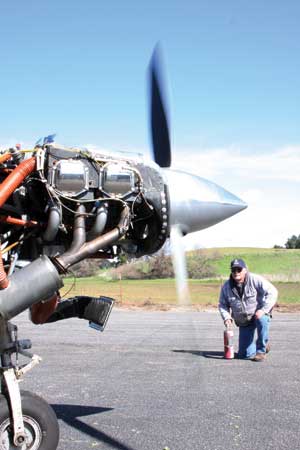
The first time you start your new or newly overhauled engine, plan for it, and be prepared for smoke and flame-just in case.
Make sure all of the inter-cylinder baffles are in good shape and are installed correctly. Inspect the baffle tie rods below the cylinders-they mustnt touch the cylinder rocker box oil return tubes. The baffle sheet metal must be distortion- and crack-free. Baffle seals must be securely fastened to the sheet metal baffles, and they should lie smoothly against the cowling. The baffles and baffle seals corral the high-pressure ram air above the engine. Even a small leak will compromise cylinder cooling.
Induction System Cleanliness
Inspect the carburetor or fuel-injection-system air inlet for cleanliness. Check the condition of the alternate air door or carburetor-heat valve flapper, making sure they work and are in good condition. Install a new air filter.
Are the fuel and oil hoses clean or new? Don’t assume that the hoses you bought for the installation are sterile clean. Make sure by inspecting and flushing. Is the oil cooler spinster-Aunt-Betsy spotless? Grit as fine as a grain of sand can cause serious problems, so flush components until they’re sparkling. Field-flushing oil coolers isn’t as effective as sending them to an overhaul facility to be flushed.
After a short test-cell acceptance run, engines are preserved to prevent internal corrosion. These treatments aren’t designed to protect the engine forever. For instance, Lycoming Service Instruction (SI) 1481B states that treatments are for either 60 or 180 days. Engines destined for domestic buyers get the 60-day preservative treatment; however, the 180-day treatment is an option. When the engine rolls out of the test cell, we fog the cylinders, fill the sump with preservative oil and then roll the engine on its horizontal axis to coat the crankshaft, camshaft and lifters, said Mike Caldera, Lycomings manager of product support.
Move your engine to a warm environment before draining this oil, or use heat lamps to warm the cylinders and oil sump. Remove the bottom plugs before turning the engine by hand through three or four revolutions. Lycoming SI 1472 recommends tilting the engine slightly so that the bottom spark-plug hole of the draining cylinder is vertical.
Remove one of the sump plugs to drain the oil sump-this is when you figure out whether the left or right location works best for your oil quick-drain installation. Then install your quick drain and safety it. Wash all preservative oils out of the fuel system by removing the carburetor bowl plug or fuel injection servo fuel-inlet screen. Open the mixture valve and turn on the fuel boost pump if needed.
Break-in Mineral Oil
Fill the sump with non-compounded aviation oil. This is also called break-in oil and mineral oil. Phillips Type M (mineral) 20W-50 is a multi-weight break-in oil. Use it if you don’t want to worry about temperatures. Straight-weight break-in oils are Aeroshell 65, 80 and 100 and Castrol S 65, 80 and 100, which are equivalent to SAE 30, 40 and 50 weights. Use the straight weight oil thats appropriate for the air temperature.










